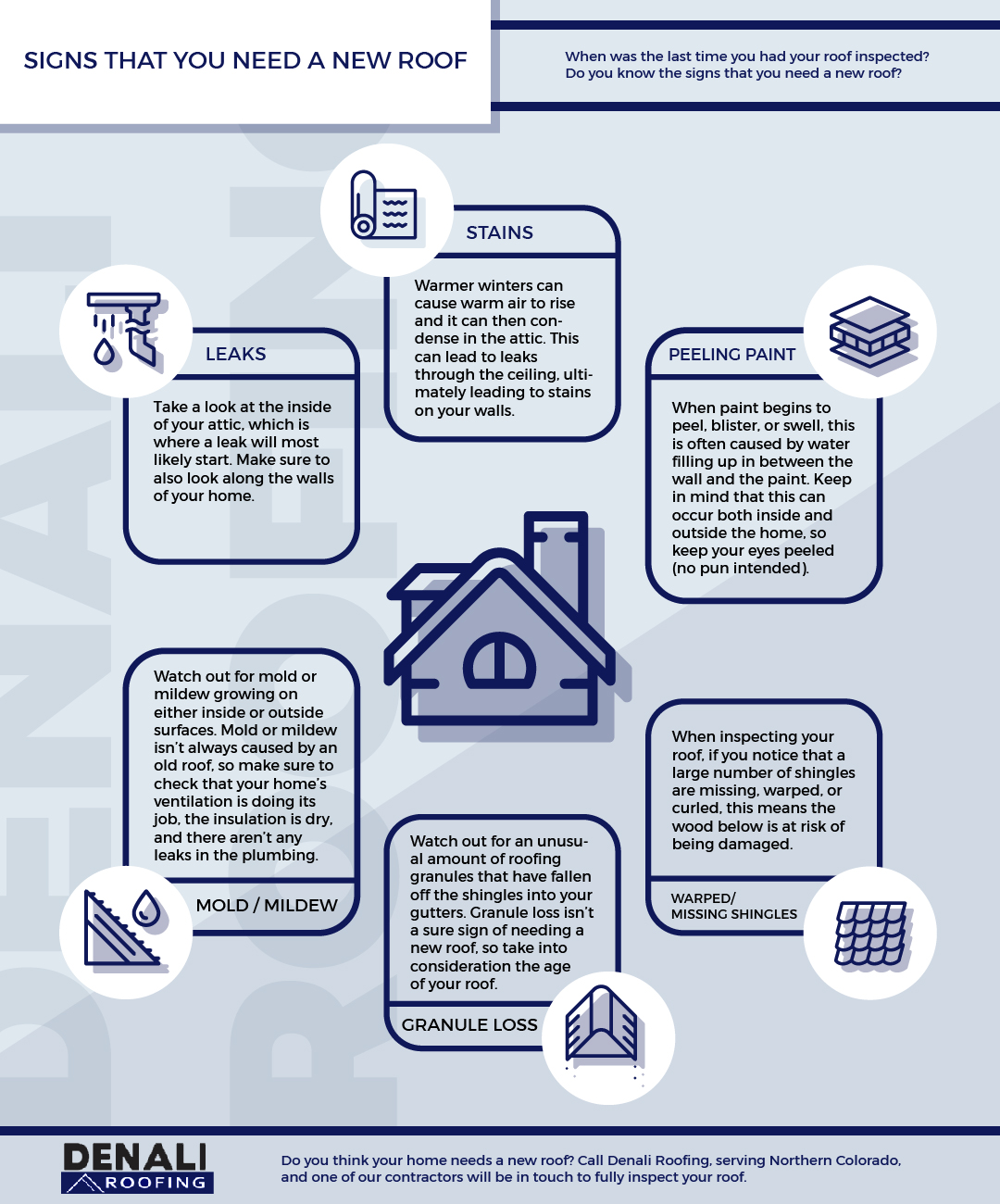Assess The Costs And Benefits Associated With Solar Setup To Uncover The Financial Chances That Might Be Readily Available To Those Checking Out This Renewable Energy Alternative
Assess The Costs And Benefits Associated With Solar Setup To Uncover The Financial Chances That Might Be Readily Available To Those Checking Out This Renewable Energy Alternative
Blog Article
Web Content Author-Mathis Dunlap
When thinking about the prices of solar installation, you could question the in advance financial investment called for and whether it aligns with the prospective lasting advantages. Comprehending the ins and outs of these expenditures and the numerous aspects affecting the overall return can shed light on the value suggestion of transitioning to solar energy. By evaluating both the preliminary arrangement expenses and the projected financial savings gradually, you can gain understanding right into whether the investment in solar installment holds assurance for your monetary future.
First Configuration Costs
When considering the prices of solar installment, the preliminary arrangement costs play an essential function in your decision-making process. These in advance expenses consist of the price of photovoltaic panels, inverters, placing devices, and setup labor.
The price of photovoltaic panels can vary depending upon the brand, efficiency, and dimension you pick. Inverters are vital for transforming the sun's power into functional power and come in various types such as string inverters, microinverters, and power optimizers, each with its own cost implications.
Installing devices, such as racks and rails, is required to firmly mount solar panels on your roof covering or residential property.
The installation labor cost covers the expert installation of the planetary system, ensuring that everything is set up appropriately and efficiently. Keep in visit the next document that while these first setup expenses might appear high, there are usually refunds, tax motivations, and funding alternatives offered to aid offset the expenses and make solar installment extra budget friendly over time.
Long-Term Savings Evaluation
To recognize the economic benefits of solar setup in time, it's vital to perform a thorough long-lasting savings evaluation. While the first arrangement expenditures of photovoltaic panels may seem complicated, the long-term financial savings can exceed these expenses substantially. By using the power of the sunlight to create electrical power for your home, you can possibly conserve hundreds of bucks on your energy bills over the life-span of your solar system.
One of the essential aspects to think about in a long-lasting savings evaluation is the reduction in your electrical power bills. With photovoltaic panels, you can create your electricity, minimizing or perhaps eliminating your reliance on the grid. This can bring about substantial savings, especially as energy rates remain to rise.
Furthermore, several federal governments provide rewards such as tax credit scores and rebates for setting up solar panels, better improving your long-term savings. By capitalizing on these motivations and maximizing your solar energy manufacturing, you can delight in considerable economic benefits for several years ahead.
Roi Estimation
Thinking about the monetary benefits of solar installation, it's time to assess the Roi (ROI) calculation. Figuring out the ROI includes comparing the complete prices of installing a solar system with the financial benefits it generates over its lifespan.
To determine ROI, separate the net benefit from the system by the complete financial investment cost and increase by 100 to get a percent. The ROI formula is: (Net Profit/ Total Amount Financial Investment Price) x 100.
As an example, if the complete cost of installing a planetary system is $20,000, and over its lifespan, it produces financial savings and earnings totaling $30,000, the web revenue would be $10,000. Dividing residential solar companies by the overall investment price of $20,000 gives a ratio of 0.5. Multiplying this by 100 provides an ROI of 50%.
Generally, a higher ROI suggests a more economically fulfilling financial investment. Factors like government rewards, upkeep prices, and energy price changes can influence the ROI of solar installations. Recognizing the ROI aids in assessing whether buying solar energy deserves it in the long run.
Conclusion
To conclude, understanding the prices of solar installment is vital for determining if it is worth the financial investment. By thinking about initial arrangement expenditures, performing a lasting savings analysis, and determining the roi, you can make an educated decision concerning the monetary worth of solar power. With the possibility for decreased energy costs and enhanced energy self-reliance, investing in solar installment can be a smart choice for both your pocketbook and the atmosphere.
